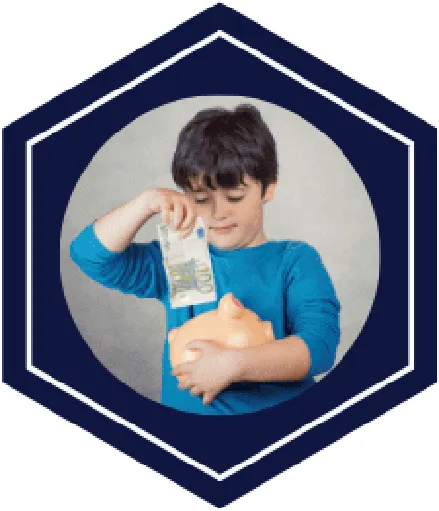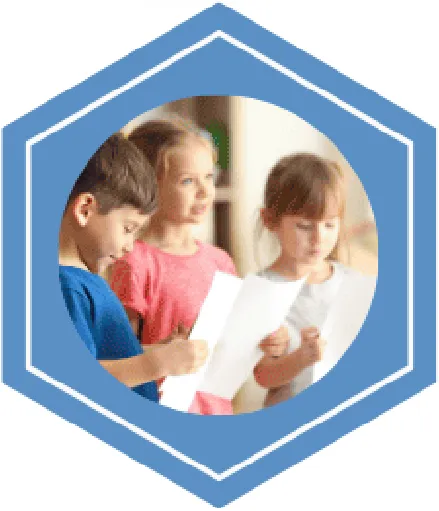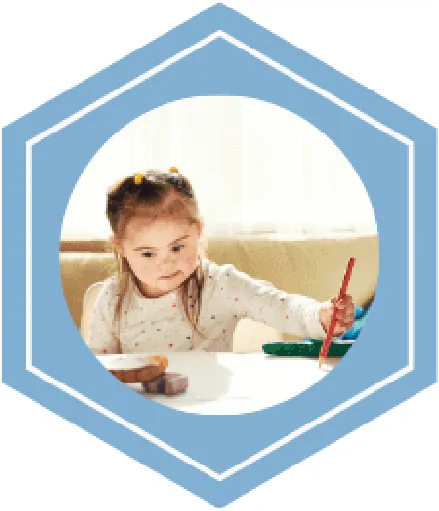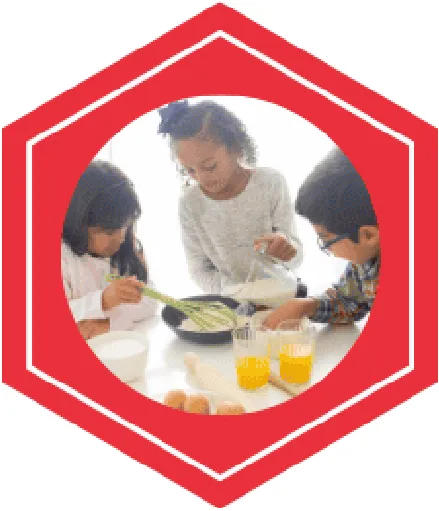At Emmanuel, we deliver the CUSP Curriculum (Curriculum with Unity Schools Partnership) in Reading, Writing, Science, History, Geography, and Art & Design across Years 1 to 6.
CUSP supports over 700 schools across the UK and internationally. it’s a partnership built on shared knowledge, professional collaboration, and evidence-led teaching. We are proud to be part of this national movement that ensures every child, regardless of background, has access to the kind of education that transforms lives.
| Feature | Impact |
|---|---|
| Vocabulary-Rich | Tiered, structured vocabulary is explicitly taught and revisited, enabling all pupils, especially those with EAL or limited language, to access and articulate learning. |
| Knowledge-Built | Concepts and core knowledge are sequenced and revisited systematically through retrieval and spaced practice. This improves retention and schema development. |
| Designed for Inclusion | Lessons are adaptive by design, ensuring pupils with SEND and additional needs access the full curriculum without diluting ambition. |
| Disciplinary Thinking | Pupils are taught to think, speak, and write as historians, scientists, and artists — not just to memorise content. |
| Consistency with Creativity | Structure across subjects gives staff confidence to focus on pedagogy while making space for creativity and depth. |
We use:
The CUSP curriculum is underpinned by a series of big ideas. These are key concepts that are not taught in isolation but instead, have been deliberately and intricately woven into the warp and weft of the whole curriculum. Put simply, CUSP have built the curriculum in three dimensions so that pupils can better understand the world around them, connecting new learning and helping them to develop and challenge their thinking.
The big ideas selected by CUSP are believed to be are crucial for children living in modern Britain and beyond to make sense of. Following are the outlines the essence of each of these ideas:




Every Festival Includes:
CUPS Festivals Are For All!
CUSP Reading has been purposefully built around the principles of evidence-led practice. The curriculum is built on three key foundations: explicit vocabulary instruction; explicit fluency instruction (prosodic reading) and opportunities to think hard.
The aim of CUSP Writing is to provide teachers with the tools to explicitly teach pupils the knowledge and competencies that they need about the different facets of writing and the writing process.

An Opportunity to Enhance Subject Leadership Through:
Essential Sentence Composition Lessons
Schools can benefit from our agility, expert analysis and resourcing. In response to our analysis and assessment information, we recognise that sentence composition is an area for specific and focused teaching at the start of this academic year.
We know that great writing is built on great sentences and that a strong start with this lays good foundations for great writing outcomes. Time for this is built into the long-term sequence, for example at the beginning of Year 1.
Each block contains the following brilliant resources
